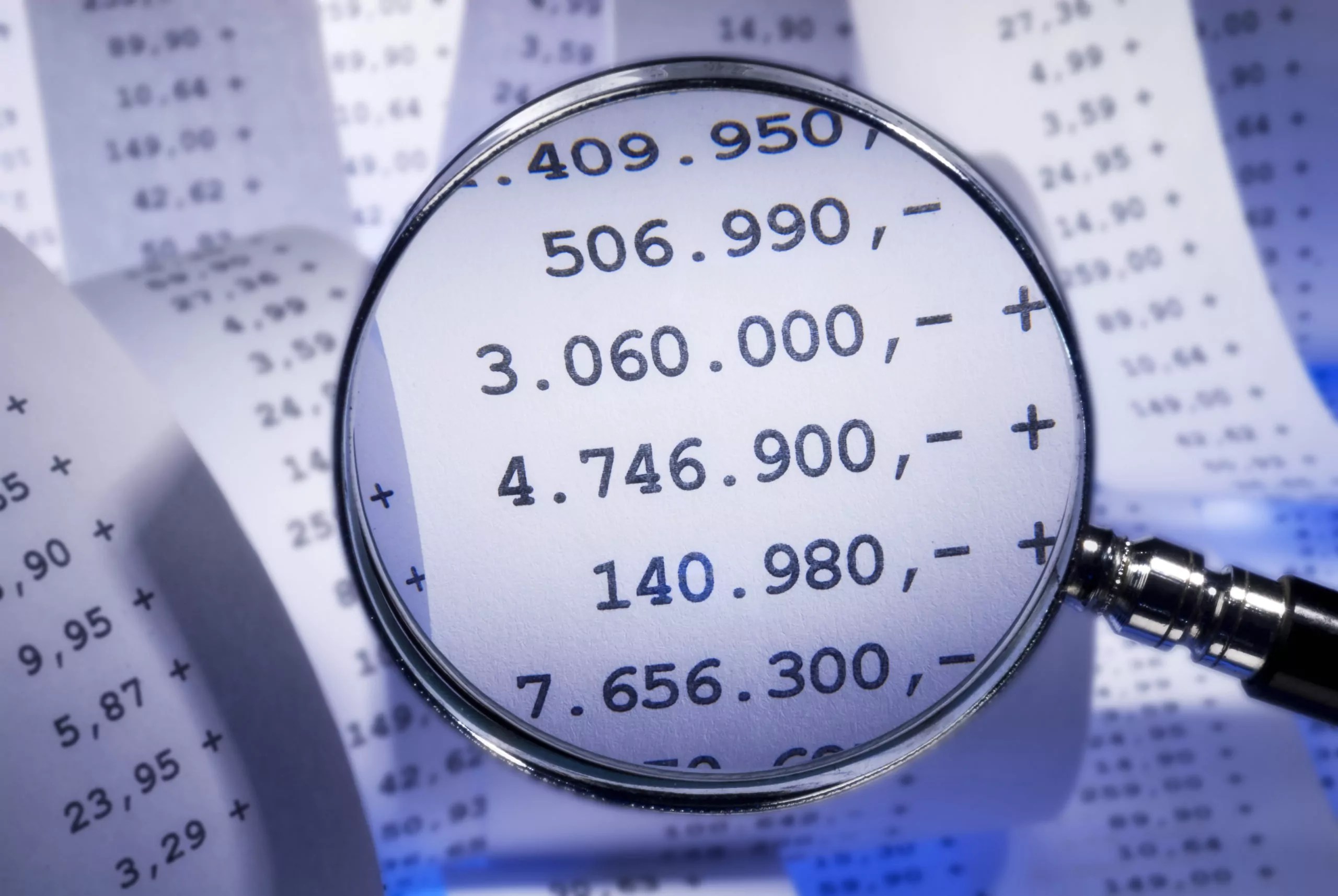The last downturn in our economy was a tough one in automotive retail. Many dealerships weren’t prepared for the decline.
Weathering economic storms requires more than good fiscal management. It also requires developing strategies to retain and broaden your customer base, marketing your products and services affordably, keeping morale high amongst your staff, and improving business practices. Prepare your dealership now so you’re ready when there’s a downward turn in the future.

Is the Next Downturn Just Around the Corner?
Many economic, political, and cultural factors can have a negative impact on the automotive business. Stay aware of these warning signs for another downturn:
- Rising interest rates—The Fed has indicated rates will rise again in 2017.
- Slowing job creation—5% of U.S. jobs are tied to the auto sector and job growth has recently slowed.
- Falling construction spending—We just witnessed the third worst drop in U.S. construction spending in the last six years, and many brick-and-mortar retailers are closing stores and cutting jobs.
- Declining financial stocks—Financial stocks have lost all their gains for the year.
- Decreasing automotive sales—Car manufacturers are reporting declining sales and are preparing for production and job cuts. Metro area dealerships are seeing a decline in sales because ride sharing is on the rise.
- Rising consumer debt—Consumer and household debt is dangerously close to 2008 levels.
- Growing unemployment rates—Unemployment claims are on the rise and wage growth has slowed. The number of job cuts in the U.S. in May was 71% higher than it was in May 2016.
- Dropping manufacturing rates—U.S. manufacturing PMI (purchasing managers’ index) fell to an 8-month low in May 2017.
Taking these indicators into consideration, some degree of downturn does, indeed, seem to be coming—but just how severe remains to be seen. What’s important is that you take steps now to stay ahead and ensure you are prepared. Here are a few suggestions to get you started.

Do a Full Expense Review
When the automotive business is doing well, you may be focused more on how to grow your business and less on cost reduction and cash flow improvement. But now is the time to get on top of expense control.
You’re probably paying for subscription fees that aren’t necessary or services that don’t benefit you enough to justify the cost. Most dealerships can cut at least 20% of their expenses by getting rid of things they don’t use and renegotiating overpriced contracts and fees.
Take Customers From the Competition and Make Them a Priority
Growing and diversifying your customer base is easier to do now than after a downturn has started. Get aggressive! Run special sales, give buyers a reason to switch loyalties to your store, and pull customers from the businesses around you.
When the economy starts going south, consumers like to stick to things they feel good about. Treat them better. Put them into a loyalty program and hold onto them with a great customer experience and competitive pricing. The service department should be a heavy emphasis. Fill the bays now and establish yourself as their provider of choice.
Develop Innovative Practices and Customer Experiences
Developing innovative practices will help you adapt to changing market conditions and stay ahead of your competitors. As part of this process, look for technology that will increase efficiency, reduce costs, and deliver a better customer experience.
Leverage technologies that make it easier for your team to do their job, which will not only drive down costs but create revenue opportunities. The customer experience must improve to better survive a downturn.
Implement these strategies today to help prepare your dealership for any economic storms in the future.

Explore more resources
One Family’s Journey in Automotive
Black History Month is a powerful reminder to all Americans and the world of our undeniable impact on this country….
How to Control Dealership Expenses with a DMS?
Managing a balance sheet has always come with challenges, but dealership cost control is growing increasingly complicated.
Increase Sales with Customized Auto Dealer Supplies
You may not realize it, but are you aware that you can use your logo to increase leads and sales?
Stay up to date
Subscribe to get the latest auto industry insights from Autosoft experts





